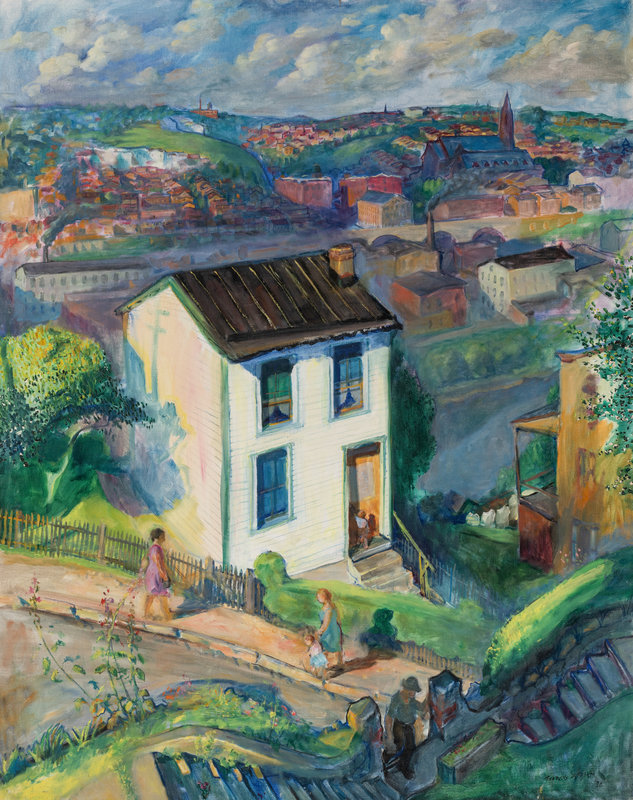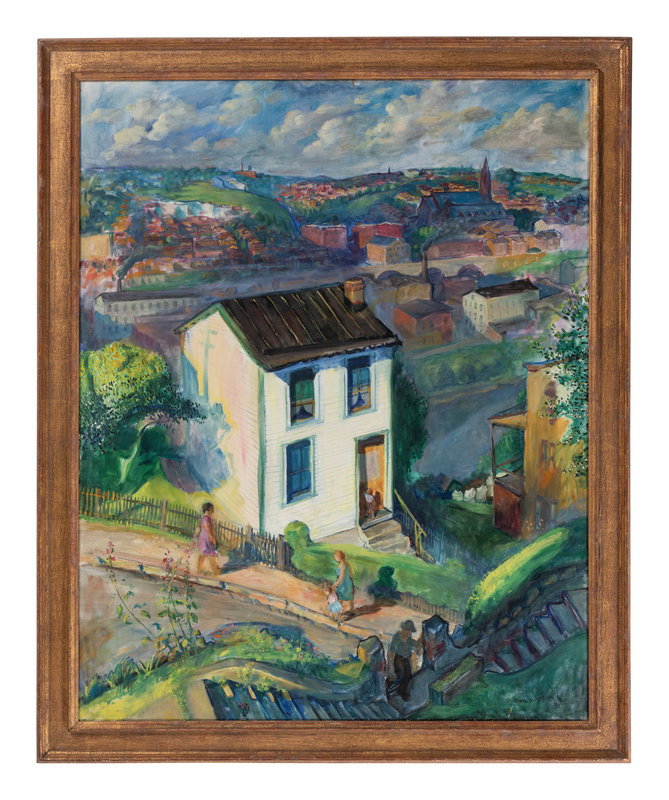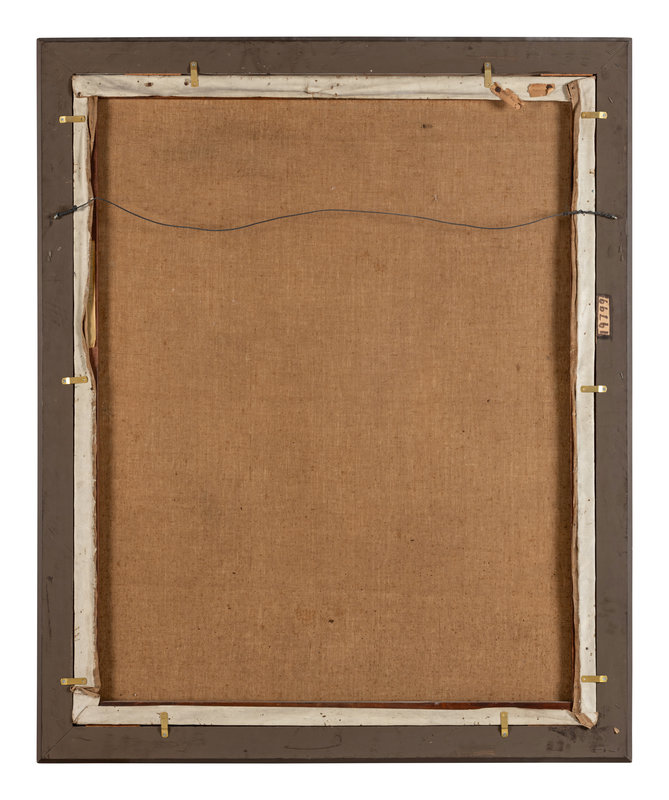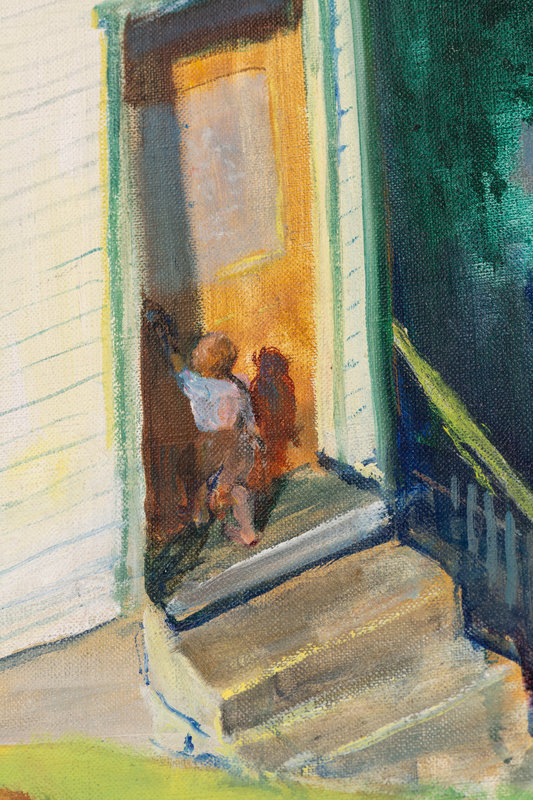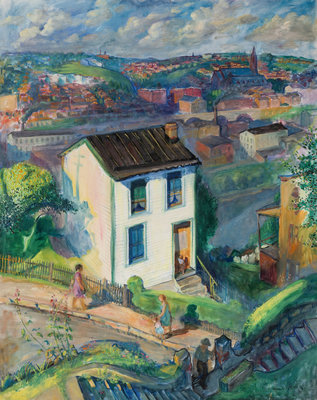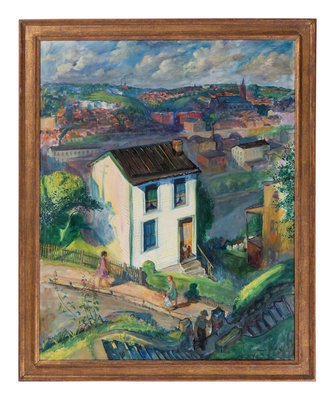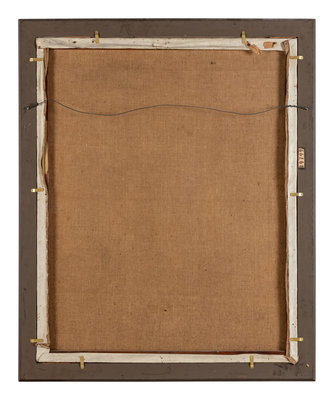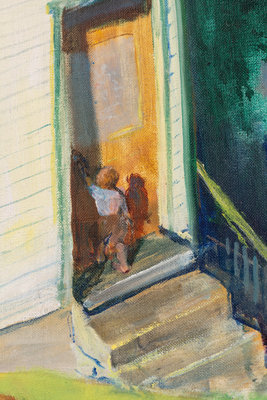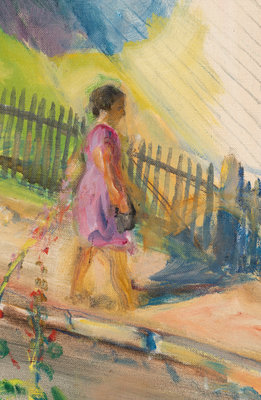Condition Report
Contact Information
Auction Specialists
Lot 58
Francis Speight
(American, 1896-1989)
White House with Variations, 1930
Sale 1283 - Canvas & Clay: The Collection of Judith and Philip Sieg, Bellefonte, Pennsylvania
Oct 26, 2023
10:00AM ET
Live / New York
Own a similar item?
Estimate
$20,000 -
40,000
Price Realized
$126,000
Sold prices are inclusive of Buyer’s Premium
Lot Description
Francis Speight
signed Francis Speight and dated (lower right)
50 x 40 inches.
The Collection of Philip and Judith Sieg, Bellefonte, Pennsylvania
(American, 1896-1989)
White House with Variations, 1930
oil on canvas
signed Francis Speight and dated (lower right)
50 x 40 inches.
The Collection of Philip and Judith Sieg, Bellefonte, Pennsylvania
